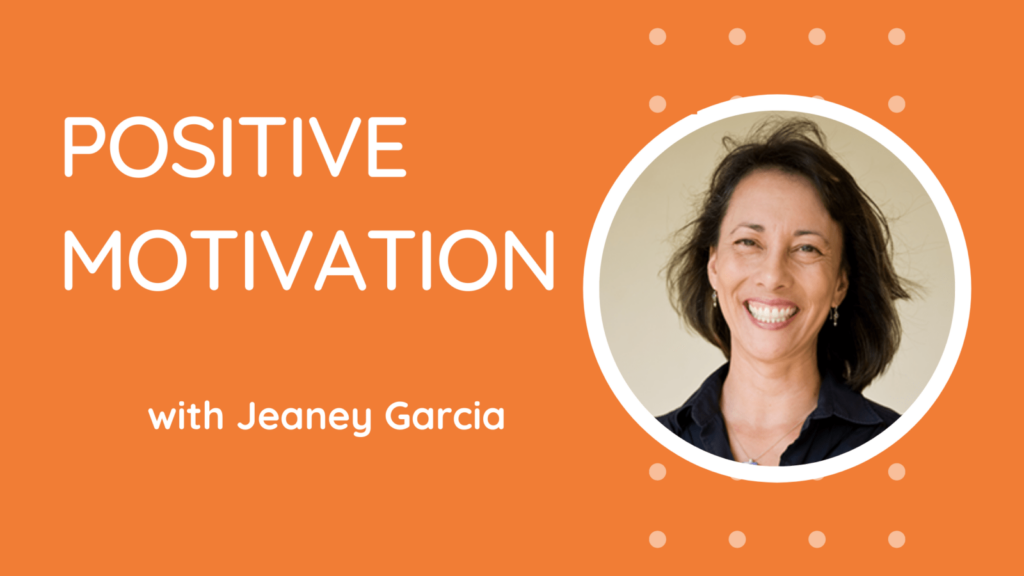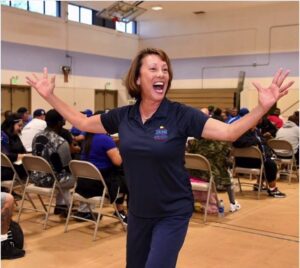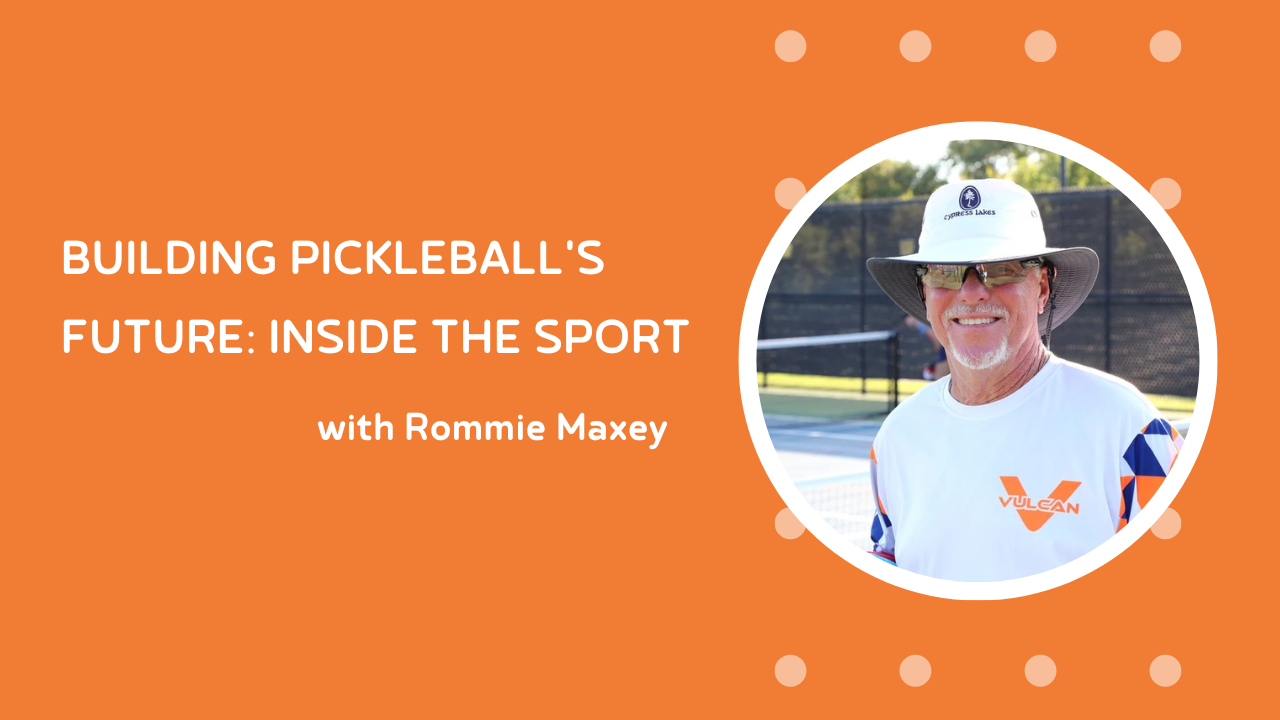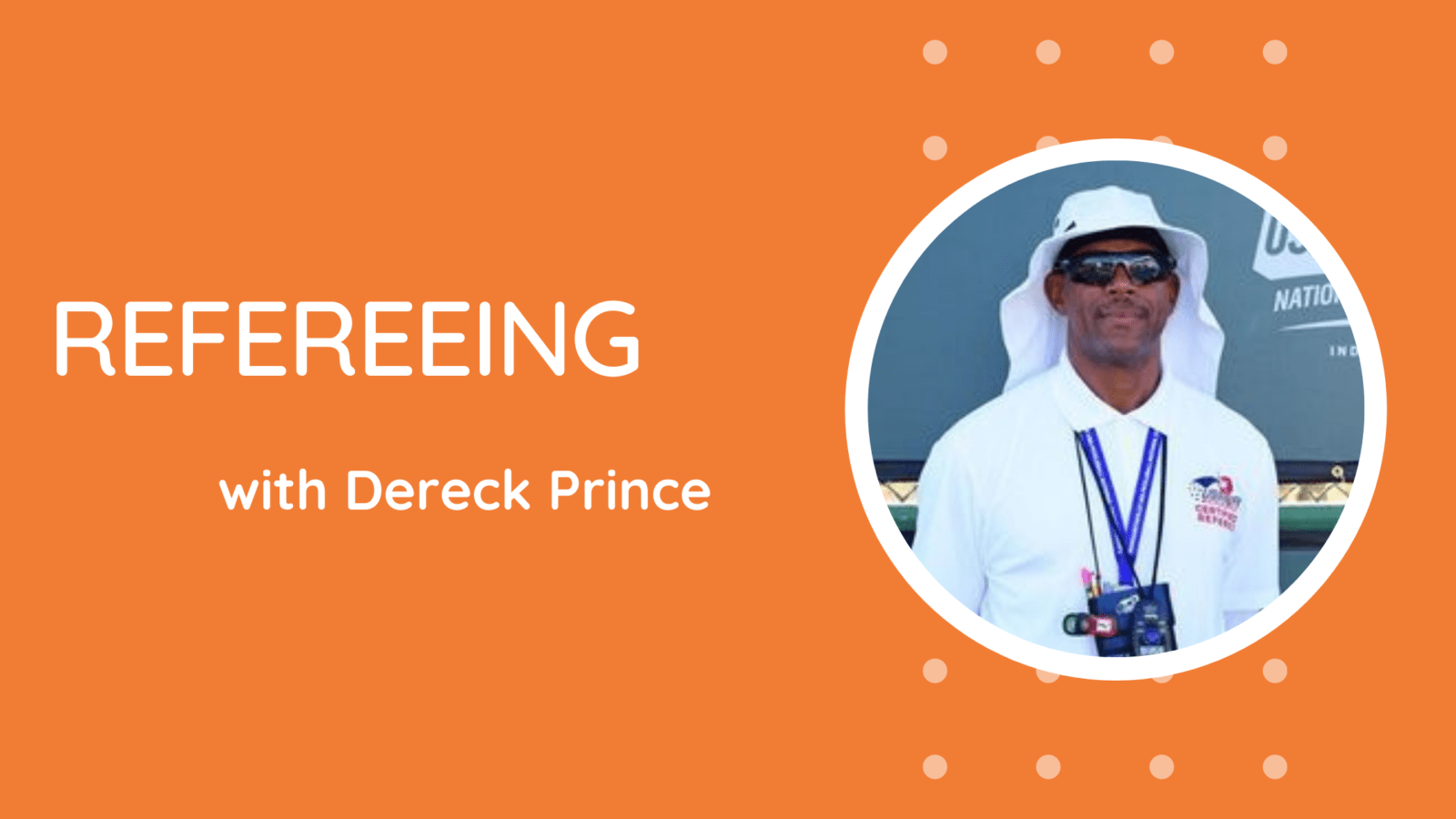
What are you doing to improve your performance? No, not just drilling and practicing. I’m talking about your mental game. In today’s episode of Dinking Out Loud, I have the inspiring Jeaney Garcia. Jeaney shares her vast knowledge, relatable stories, and steps to take now to master goal setting, visualization, and taming that negative voice in your head.
Jeaney Garcia has been working for Positive Coaching Alliance for 21 years and is a certified positive motivation trainer. She has presented at many motivational workshops worldwide and her love for competitive sports is self-evident. She has competed in several different sports at all levels and is currently a Selkirk sponsored senior pickleball competitor.
Now is the time to start implementing her tips and tricks. Take advantage of this time off the courts to improve not only your gameplay but your mental awareness as well.
“Having a culture where you are working on your mental game is a huge part of being a competitor.” - Jeaney Garcia Share on XShow Notes:
 [1:00] – Last year, Jeaney Garcia spoke at the World Pickleball Summit about mental toughness and awareness on how players can be better.
[1:00] – Last year, Jeaney Garcia spoke at the World Pickleball Summit about mental toughness and awareness on how players can be better.- [1:53] – Jeaney has been working for Positive Coaching Alliance for the last 21 years and is a certified positive motivation trainer.
- [3:07] – Culture eats strategy for breakfast, lunch, and dinner every day. So having a culture where you are working on your mental game is a huge part of being a competitor.
- [4:07] – There’s nothing wrong with setting a big goal. It’s what you do to make it happen.
- [4:26] – When you think of the mental characteristics of the best competitors, what do you think of?
- [5:00] – The best athletes are able to move from a mistake to ready to play the next play very quickly.
- [6:01] – The characteristics of having grit, being able to overcome adversity, having focus, confidence, looking forward to challenges are important qualities for competitive athletes.
- [6:45] – When you have a plan, you’re setting yourself up for success. Jeaney defines goal setting and how learning to set goals is important to your performance.
- [7:55] – Goal setting is a two-step process. First, you think where you want to go and then you think about how you can get there.
- [9:17] – BHAG stands for Big Hairy Audacious Goal. You need to have a vision of where you want to go.
- [10:01] – SMART is an acronym to help you set goals. SMART stands for Specific Measurable Attainable Realistic and Timely. Jeaney explains each part of SMART goal setting with great examples.
- [12:57] – Jeaney recommends drilling and practicing even just ten minutes each time you play as a part of your action plan.
- [14:04] – These big goals can be scary, but if you break it down into smaller steps as a part of an action plan, it will feel less daunting.
- [14:58] – Catch the ball first before you make the pass. Focus on the thing you need to focus on before you move on.
- [16:05] – Emotionally intelligent people use psychological skills like imagery and visualization way more often than other people. Professional athletes use a lot of visualization and imagery because it is so powerful.
- [16:51] – Jeaney describes the imagery and visualization competitors use. While they are playing, they visualize themselves drilling and practicing.
- [17:57] – There are three forms of visualization. One is visualizing the perfect performance and going through your entire perfect game noting what you are doing and making a plan on how to achieve that.
- [20:18] – Another form of visualization is visualizing catastrophe. See yourself performing horribly and note how you can come back from it.
- [22:58] – Visualizing catastrophes prepares you for possible issues and gives you the mindset of getting yourself out of it.
- [24:30] – Jeaney says so many people get wrapped up in the scoreboard but every match is a learning experience.
- [25:18] – The third form of visualization is thinking about your breakthrough performance. Get in the state of flow and balance where you aren’t second-guessing yourself.
- [26:49] – What’s the next turning point that you can celebrate?
- [27:32] – Embrace the people who are helping you along the way.
- [28:53] – Moving on to self-talk, Jeaney explains that most of the time the voice in your head is negative and a voice of judgment. How can you tame the voice in your head to move towards being positive?
- [29:40] – It is easier to replace than eliminate that inner voice.
- [30:46] – One of the things you can do to transform your self-talk is to state things as feelings. For example, saying “I feel like an idiot” instead of saying “I am an idiot.”
- [31:42] – Use the big “but.” Jeaney gives examples of how this process of negating the negative self-talk helps you develop a growth mindset.
- [33:11] – Start the statement, “I am the type of person who…” and fill in the blank. This transforms your self-talk into positive affirmation.
- [34:37] – Practicing positive self-talk will improve your performance.
- [37:01] – Jeaney shares a story about a competitive player whos goal going into every match is to have as much fun as possible. This doesn’t mean she doesn’t work hard and only goofs off. But it helps with that positive self-talk.
- [39:02] – The game is more enjoyable if you maintain a growth mindset.



